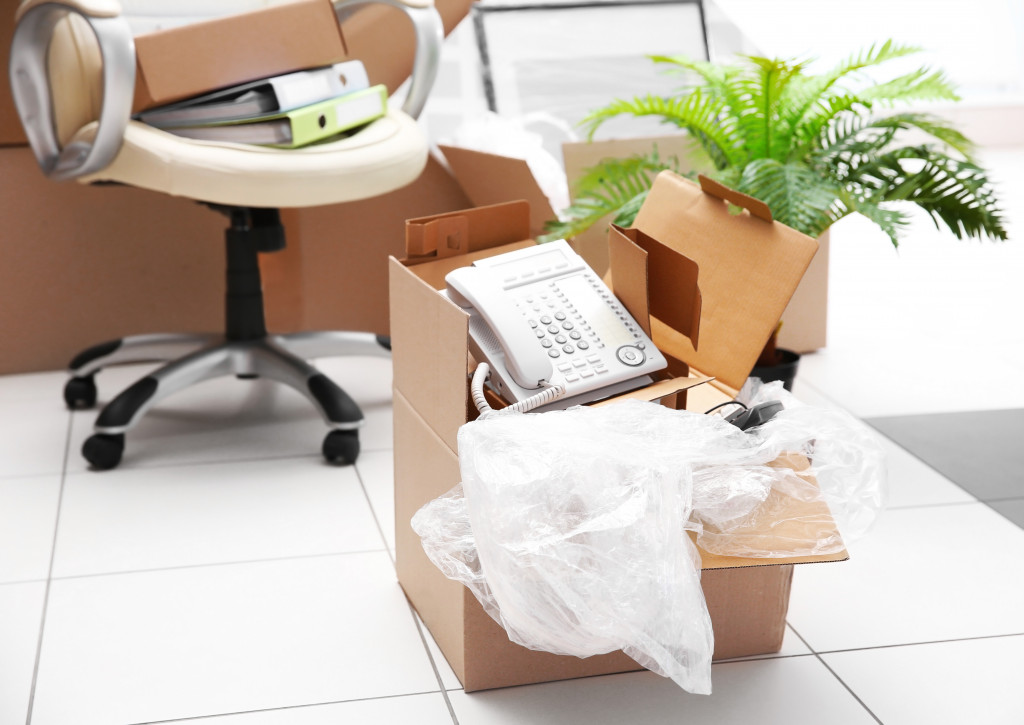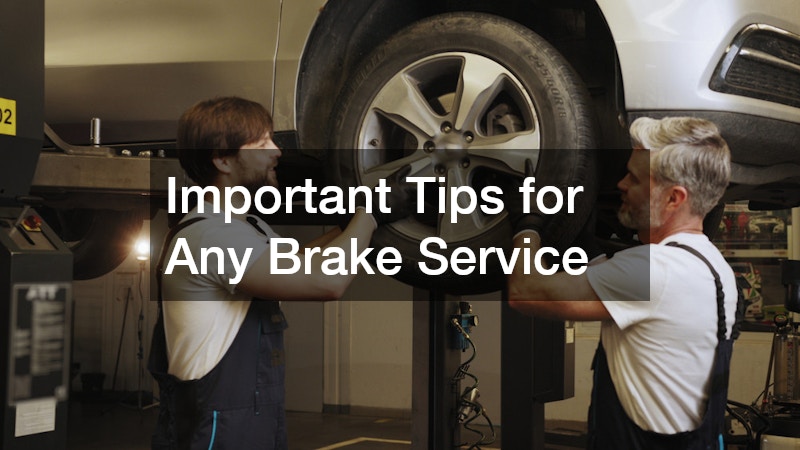• Pack all equipment securely with plenty of packing material to ensure it doesn’t shift during transport.
• Hire professional movers with experience in this area to handle complicated or delicate equipment.
• Ensure your insurance coverage is up-to-date to cover any valuable items if they get damaged during transportation.
• Take the time to unpack and assemble the equipment carefully, with a plan for where each item should go.
Transporting equipment during an office move can be a real challenge. From computers and printers to furniture, countless pieces must be moved safely and efficiently. If you’re relocating your office or business, it’s essential to take the time to plan the move-out correctly and to ensure that all of your equipment arrives at its destination in one piece.
Here are some tips for transporting equipment during an office move.
1. Pack Everything Carefully
The most important thing when moving any kind of equipment is to pack it carefully and securely. Make sure to use plenty of packing material, such as bubble wrap or packing peanuts, and ensure that everything is well-secured so that it doesn’t shift around too much while being transported. Labeling each box is also a good idea so you know what’s inside and where it needs to go once it arrives at the new location.
When packing more oversized items, such as furniture or heavy equipment, disassemble them whenever possible. This will make transporting them more manageable and help you save space in the moving truck. You can also use furniture pads to keep the pieces from being scratched or damaged during the move. If you’re unsure how to pack something, it may be better to leave it up to professionals specializing in packing and moving.

2. Use Professional Movers
When transporting complicated or delicate equipment, hiring a professional moving company with experience in this kind of work is best. Professional movers will have the right vehicles and tools needed for moving large items like computers, printers, and furniture safely and efficiently. They will also know how to handle hazardous materials such as chemicals or flammable liquids to keep everyone safe during the move.
You should also ensure that the company is insured and bonded, so you won’t be held liable if any of your equipment gets damaged during the move. They will also be able to provide you with any other services that you need, such as storage or packing. Ask for references and get estimates from several companies before you decide which one to hire.
3. Check Your Insurance Coverage
Before beginning your move, ensure your insurance coverage is up-to-date so that any valuable items will be covered if something happens during transit. This is especially important for expensive items like computers or electronics, which may require special protection against damage due to vibration or other factors during transport. Additionally, make sure that you keep all receipts from the move so you can document any damages should they occur.

4. Unpack and Reassemble Everything Carefully
Once all of your equipment has arrived at its destination, it’s essential to take the time to unpack everything and reassemble it carefully. Ensure all the pieces are accounted for, and everything is in good condition. It may be a good idea to have someone help you with this, especially if the equipment is delicate or complicated. Here are some tips for better organization:
a. Create a checklist for all the items you need to unpack and assemble.
A good checklist will help keep you organized and make it easier to track all the pieces. Look through all the boxes and carefully inspect each item for possible damage.
b. Have a plan for where each item should go.
Having a plan beforehand will make life much easier as you move things into their proper place. Make sure to have an idea of the layout for your workspace and how you want everything to be arranged.
c. Take your time when unpacking and assembling equipment.
Don’t rush the process. Rushing could lead to mistakes or damages that could be easily avoided if you took your time and were more careful.
d. Test the equipment when you’re done.
After everything is in place and assembled, it’s a good idea to test the equipment to ensure it works properly. This is especially important for electronic equipment like computers, printers, and peripherals.
When transporting equipment during an office move, safety should always be your top priority. Make sure to take the time to properly pack and secure all of your items and hire professional movers if necessary. Additionally, check your insurance coverage and take your time during the unpacking and assembly process. Following these tips will help ensure that all your equipment makes it to its destination in one piece!





